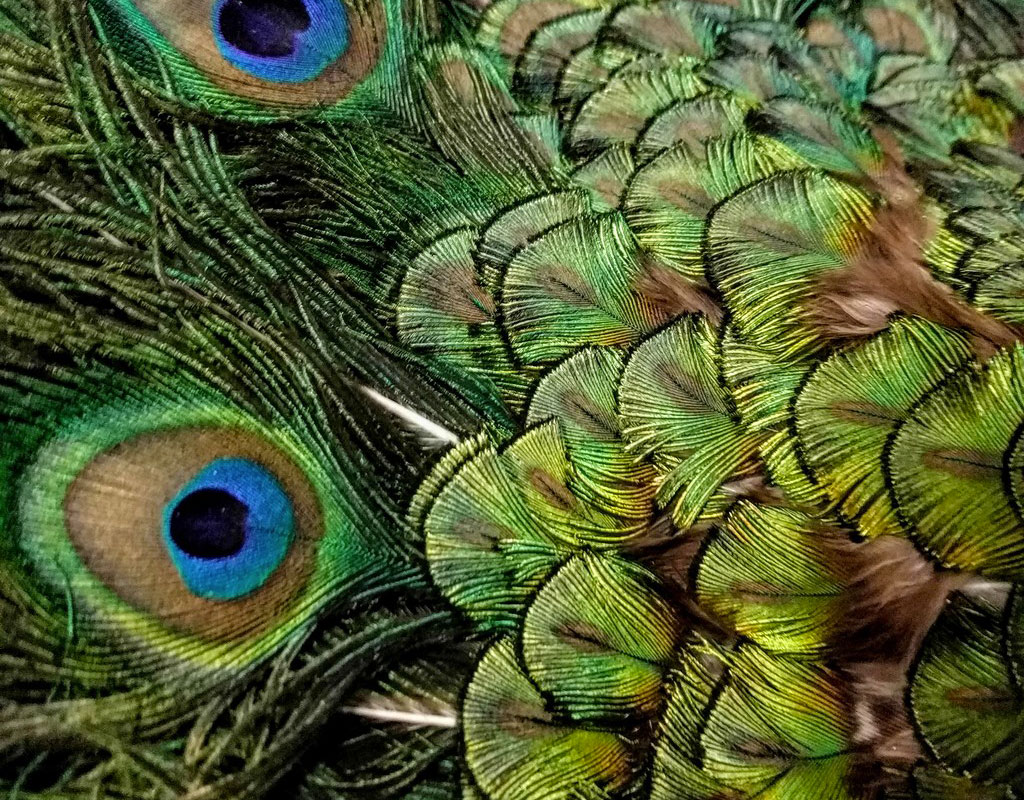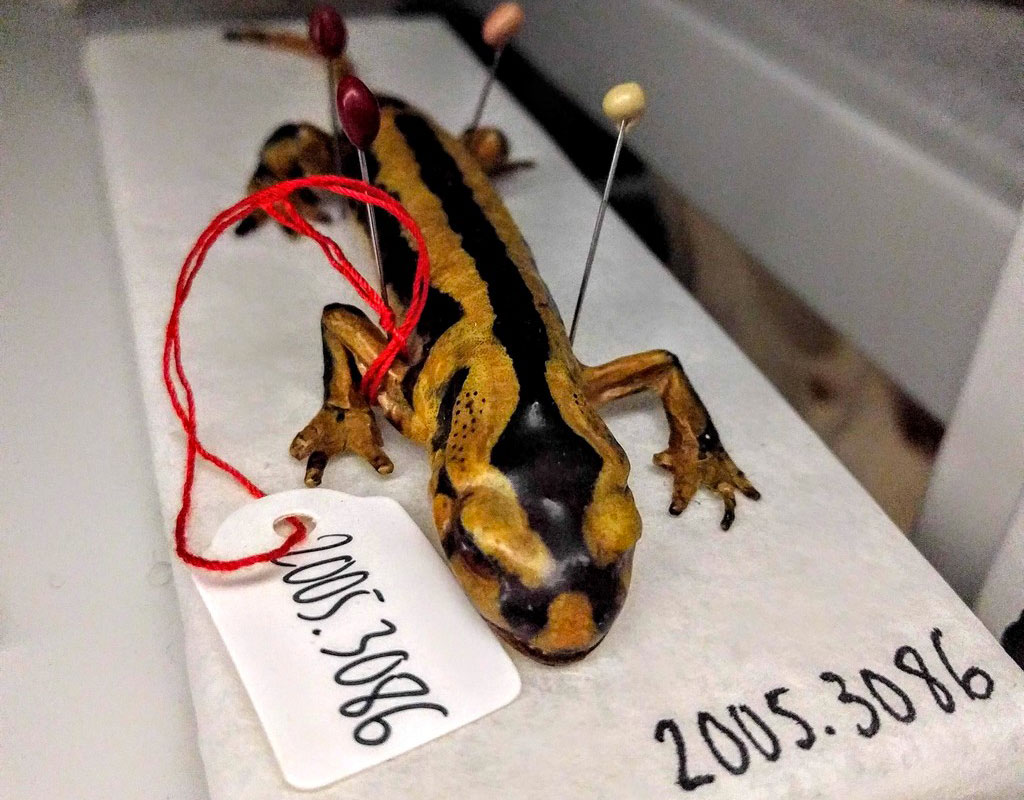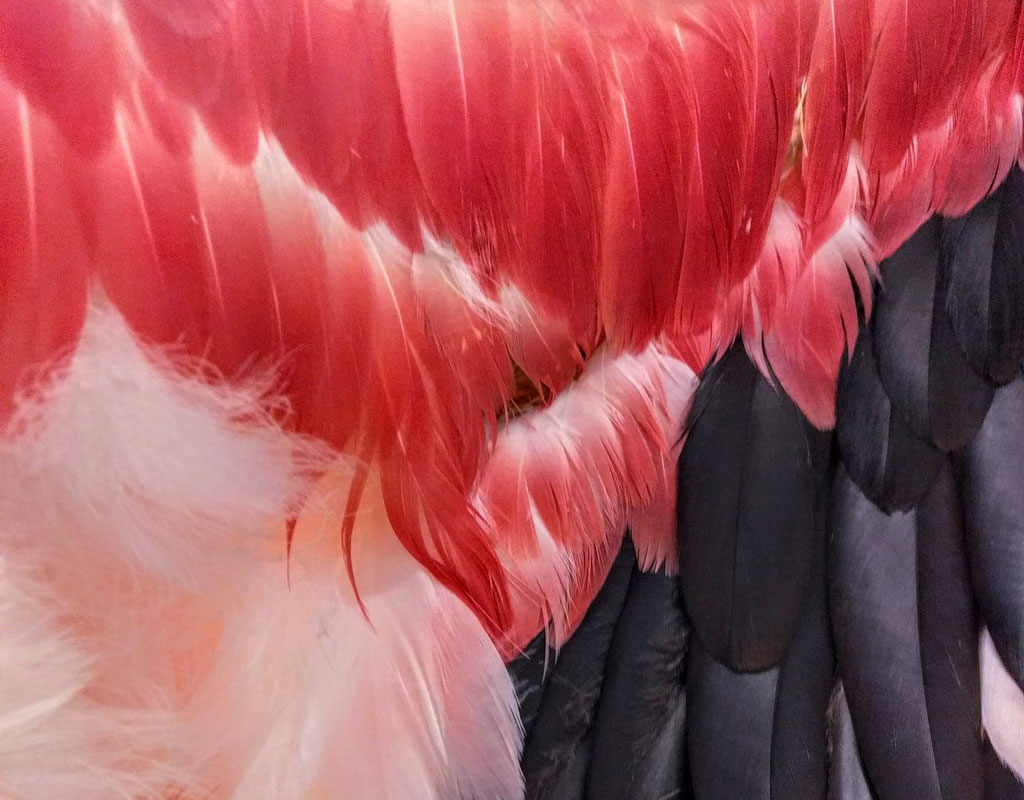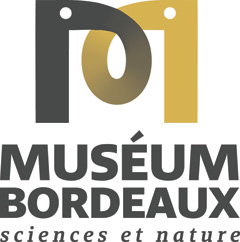From the Latin conservare, the word conserve means to maintain in a good state by giving the care needed to prevent something spoiling or decaying.
Why is it necessary to conserve collections?
Collection conservation is one of the main missions of Natural History museums.
The Natural History museums bring together major collections which are archives of geodiversity and biodiversity, witnesses of the changes in climate, landscapes and life of our planet. Dating from several centuries or yesterday, the collections’ specimens are parts of our history and our memory and must be conserved for future generations.
There are many causes of deterioration the collections can be subjected to.
- Humidity
- Temperature variations
- Parasites
- Light
Keeping the specimens in a favourable environment enables limiting their deterioration and conserving them.
How are the collections conserved?
The various approaches that enable deterioration to be limited is called preventative conservation of which the need for curative conservation or restoration.

Combatting visible light and ultraviolet adiation
Light is also a source of deterioration of collections. Colours change due to light. Dark colours become dull and light colours turn yellow.
This deterioration is irreversible, and it is therefore vital to put preventative measures in place in order to limit the phenomenon. Thereby, the furs and feathers should not be subjected to a light intensity above 50 lux. It is preferable to limit exposure of specimens to natural light. As for LED- type lighting, it is favoured because it does not emit UVs.

Combatting humidity and temperature variations
To conserve the natural history collections in the best possible conditions (stuffed specimens, minerals...), the level of relative humidity in the air must be maintained between 45 and 55%.
A humidity level that is too high causes mould to develop.
Whereas a level that is too low and above all repeated variations risk causing cracks and rips.

Combatting parasites (insects, dust...)
Insects can damage the collections irreversibly. The larvae of moths and museum beetles (Anthrenus museorum) attack feathers, furs, skins, as well as butterflies and other collections of insects. In order to combat these destructive insects and their eggs, the Museum is equipped with a 27m3 cold room which goes down to -30°C. All the collections that enter the building follow a one-week preventative treatment cycle. At the Collection Conservation Centre, wearing a white coat and shoe coverings enable bringing dust and insect eggs or larvae in to be reduced.
Dust is also a cause of deterioration. Surveillance and regular cleaning is necessary.
